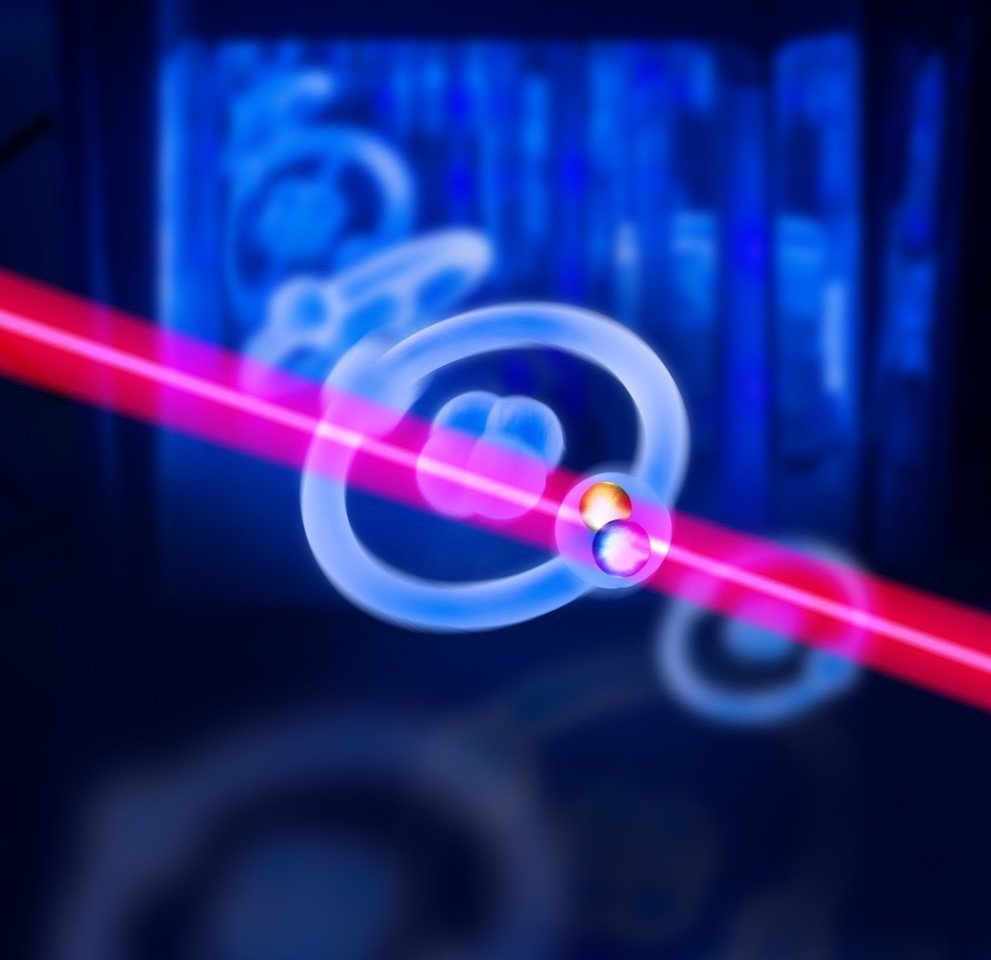Goldman Sachs and QC Ware researchers have designed new, robust quantum algorithms that outperform state-of-the-art classical algorithms for Monte Carlo simulations and can be used on near-term quantum hardware expected to be available in 5 to 10 years.
Monte Carlo methods, used to evaluate risk and simulate prices for a variety of financial instruments, involve complex calculations and consume significant time and computational resources. Typically, these calculations are executed once overnight, which means that in volatile markets, traders are forced to use outdated results. Providing traders, who are always looking for an additional edge in the markets, with a Quantum Computing approach to perform these risk assessments with far greater speed means that simulations could be executed throughout the day and could transform the way financial markets worldwide operate.
The research community has known for some time of quantum algorithms that can perform Monte Carlo simulations 1000x faster than classical methods. However, these algorithms require error-corrected quantum hardware projected to be available in 10 to 20 years. Current quantum devices have very high error rates and can only perform a few calculation steps accurately before returning incorrect results.
By successfully sacrificing some of the speed up from 1000x to 100x, the team was able to produce Shallow Monte Carlo algorithms that can run on near-term quantum computers expected to be available in 5 to 10 years.
While the Shallow Monte Carlo algorithms show more moderate speed-ups than Quantum Fourier Transformation Free Monte Carlo (QFT-free Monte Carlo) and Standard Monte Carlo algorithms, they have far less onerous hardware requirements, and therefore are anticipated to reduce the timeline to usability in half.
Thé technical details of the new algorithms are outlined in this research paper.




